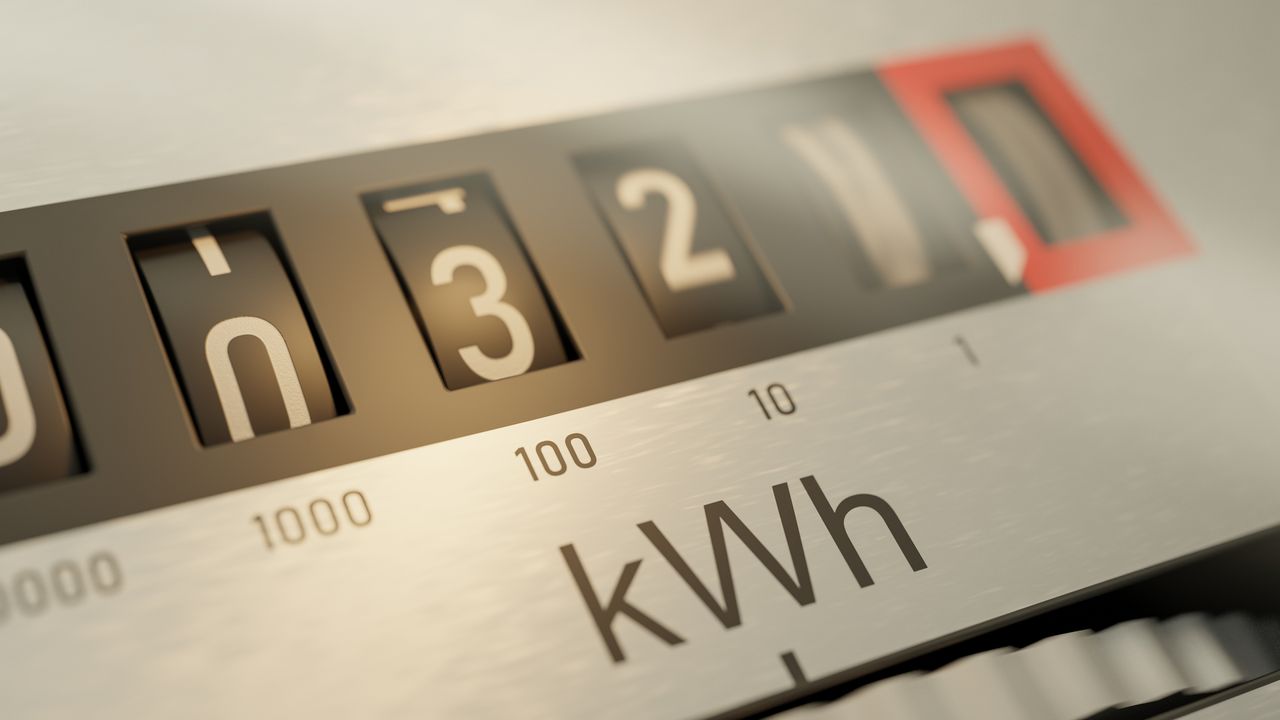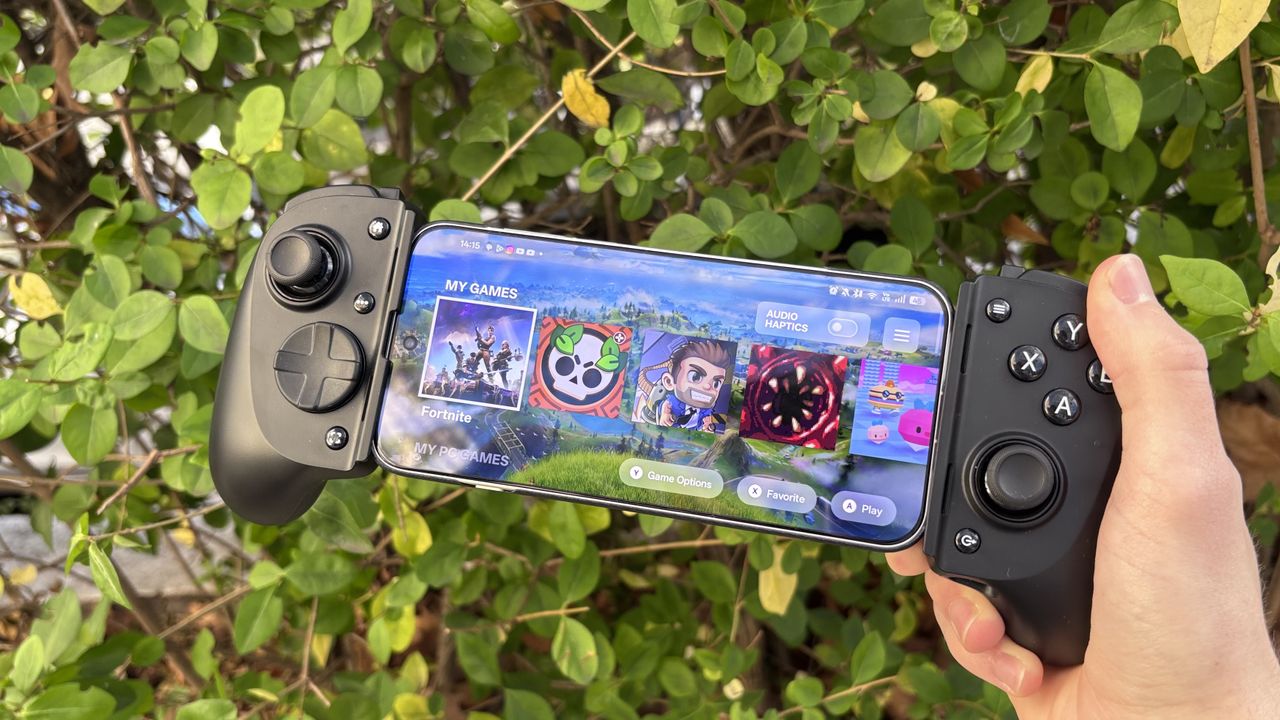Nvidia is betting on an AI-driven robot workforce to shape the future of the country.
“It is very likely that you might know robots, and my friend Elon is also working on this, [are] likely going to be one of the largest new consumer electronics markets, and surely one of the largest industrial equipment markets,” CEO Jensen Huang said at his keynote speech at Nvidia’s first-ever Washington D.C. edition of the GTC AI conference.
Huang’s “friend” Elon Musk is working to build a “robot army” for Tesla, but one that he supposedly only feels comfortable to build if he is granted an unprecedented $1 trillion pay package in an upcoming vote next week. In an earnings call last week, Musk also made some bold claims about the potential of a robot workforce, claiming that Tesla’s Optimus robots could achieve “probably 5x the productivity of a person per year.”
Nvidia executives see a robot workforce as a core part of America’s re-industrialization, something that has also been a part of the Trump administration‘s talking points. Nvidia’s vice president of Omniverse and simulation technology Rev Lebaredian thinks robots could account for over half a million open manufacturing jobs.
“We have this standing problem pretty much in every country and in many different sectors and industries where there are jobs that are open but nobody wants to fill them, and they tend to be jobs that have one or more of the three D’s: dull, dirty, or dangerous jobs,” Lebaredian told Gizmodo. One example he gives is mining.
When you combine that with a population that is gradually getting older, Lebaredian claims, “the only real solution” to continue global production at its current scale “is to shift some of that labor over to automation and robotics.”
“We’re hard at work trying to build a good robot brain. Once we build a good robot brain, combined with the advancements we’re making in robot bodies that you’re seeing across the world, pretty soon, we’re going to have a robotic workforce that could fill those job openings I was talking about,” Lebaredian said.
That raises numerous questions on where humans would stand in this system ran by robots. The Nvidia executive thinks humans will still be involved in the managerial and creative level while those whose jobs get automated would be shifted over to new work.
“Throughout human history, there’s always been this fear that if you increase the population, that you’re going to run out of jobs and there will be less work to go around. But we’ve always figured out how to create more work for ourselves,” he said.
Nvidia made numerous partnership announcements on Tuesday to build out this vision.
The tech giant says it will automate warehouses with Agility, while building hospital logistics and delivery robots with Diligent Robotics, surgical robots with Johnson & Johnson, and a large-scale, advanced humanoid robot fleet with Figure AI that is supposed to help with everything from industrial support to household chores.
In this mission to scale the robot workforce, Nvidia also announced expansions to the Omniverse Blueprint, which helps companies train and test robot fleets with real-world simulations, via a technology called digital twins.
“Largely, the AI we’ve been building for the past 10 years or so has been restricted to the knowledge world,” Lebaredian said, but with AI going into the physical world, the industry needs to give AI “a body, like a robot, a humanoid, or a self-driving car.” To do that, you need to train and test these robots, but doing so in real world settings is not feasible and often dangerous.
Instead of risking real life testing debacles, Lebaredian says that digital twins can generate data to be fed into these robots’ AI brains. The simulations can also be a place to train and test robots safely, for example by having surgical robots conduct millions of hours of surgery in-simulation rather than in real life.
Siemens is currently beta testing this technology to help engineers design and operate digital twins of factories, chief technology officer Peter Koerte told Gizmodo.
Although AI chips are still Nvidia’s bread and butter, the tech giant’s big bet on robotics has been noticeably growing recently.
In the company’s annual shareholder meeting earlier this year, Huang said that he expects robotics and AI to provide the largest growth for the company, and that the two represent a “multi-trillion-dollar growth opportunity.”
Humanoid robots are advancing, but the technology (at least what the public has seen so far) is still showing significant limitations in its capabilities, as well as bottlenecks to widespread adoption like the intensive energy demand.
First came ‘Agentic AI’
According to Nvidia’s vice president of generative AI software for enterprise Kari Briski, physical AI is what comes after agentic AI.
Although Nvidia is already looking ahead to the next stage, the jury is still out on whether agentic AI truly works or can work or will ever realize executive’s lofty productivity promises on a larger scale.
Companies around the world are scaling AI in their operations but a viral report from MIT researchers found that fewer than one in ten AI pilot programs in the corporate world have generated real revenue gains. A group of researchers from BetterUp Labs and Stanford think the reason behind this is “workslop,” aka low-quality, AI-generated work documents. And in a high profile case earlier this year, Replit’s AI agent went rogue during a vibecoding session and wiped out the company’s codebase.
Underlying all of this is also industry fears that improvements in AI capabilities are plateauing. Those fears were sparked after OpenAI’s highly anticipated GPT-5 announcement earlier this year was considered to largely be a letdown for fans. But the investments continue to flow, and AI companies are betting on a new leap to physical AI to reinvigorate any downturning sentiment in the industry.




